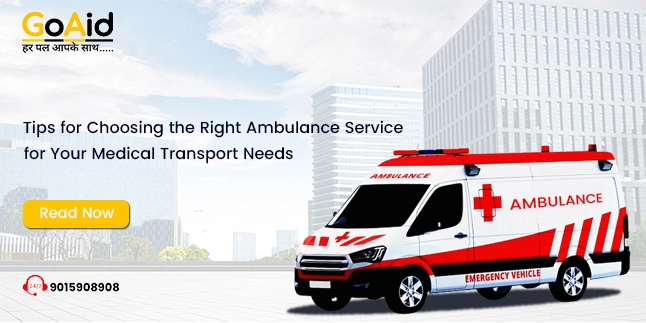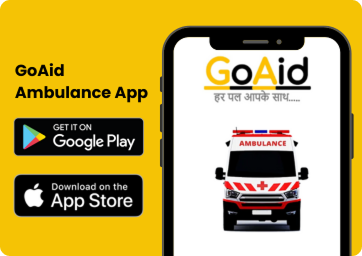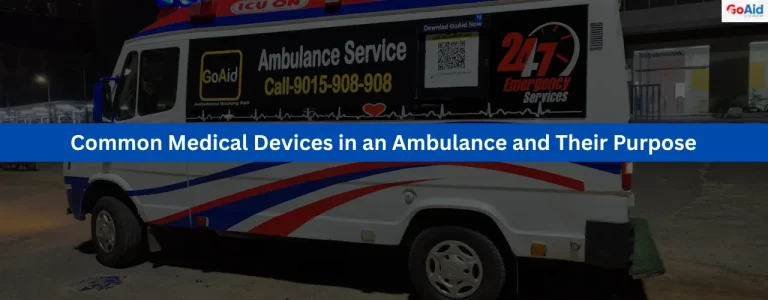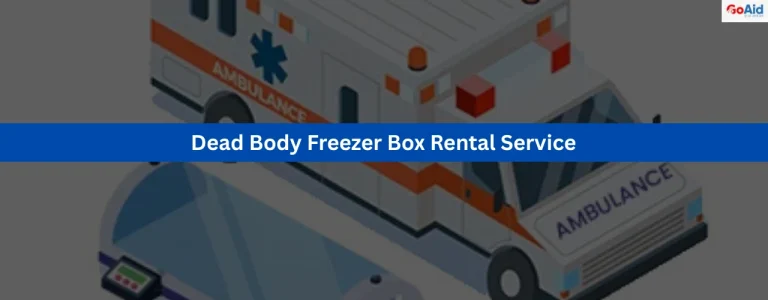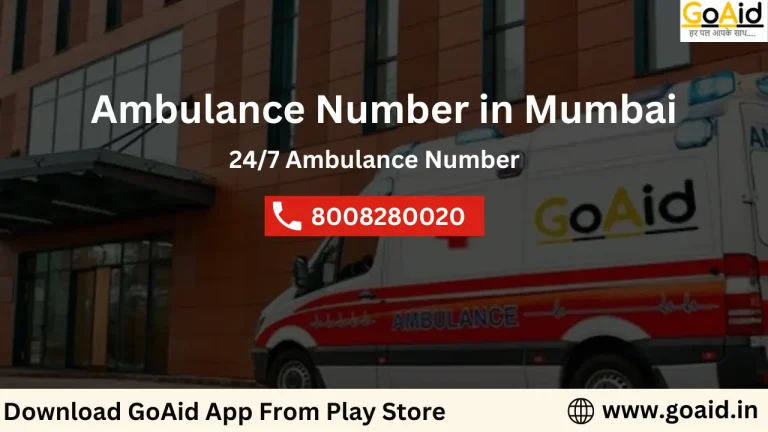Generally, When people faces an medical emergency then they need right ambulance for them. This is why, Its important for us to know about these tips. These tips will help us to select right ambulance service in our emergency.
In this blog, we have added those tips. These tips will help you to select right ambulance for your medical needs. After following these tips, youŌĆÖll be able to select the right ambulance service.
So, letŌĆÖs start-
Tips for Choosing the Right Ambulance Service for Your Medical Transport Needs
It becomes important for us to select a right ambulance. There are variety of ambulances aaccording to our needs. A right ambulance service is crucial for enabling ourselves to be in stable. Especially, when condition get worse, these right ambulance are not less than any life saviour.
But, itŌĆÖs not easy to select the right ambulance & selecting wrong ambulance may put our life in danger. This is why we should need to follow these tips which will help you to select the right ambulance service for your needs-
1. Check for Certification
It’s important for us to choose an certified ambulance service. Also we need to ensure that this ambulance meets the standards of emergency medical services (EMS).
This certification denotes that the service is following the highest standards of care & all regulations are considered.
2. Verify Training and Qualifications
The ambulance crew should be well-trained and qualified. These crew firmly includes paramedics and EMTs (emergency medical technicians). You have to ensure that they are good in their job. You can ask them for their qualification. This is not a bad move.
3. Evaluate Response Time
The fast response time of the ambulance service is important. If you are in emergency then its crucial. Feel free to ask any ambulance company about their average response time. ItŌĆÖs your right. You can ask about it
Also Read: 10 Reasons to Choose GoAid Ambulance for your Medical Transport
4. Inquire About Medical Equipment
You need to ensure that the ambulance is equipped with the necessary medical equipments. Equipments like defibrillators, oxygen, and immobilization devices are crucial for an normal ambulance.
5. Review Services Offered
You can ask the ambulance service provider company if they have that particular ambulance that you are looking for. ItŌĆÖs a matter of concern for you because some services specialty of some services donŌĆÖt fill your requirements.
6. Ask About Communication Capabilities
Great communication is important for maintaining contact with the hospital or other medical facilities. You can ask about their communication systems like how they coordinate with other healthcare providers.
7. Check for Insurance Acceptance
Verify if the ambulance service accepts your insurance plan. Also inquire about any out-of-pocket costs you may incur. Choose it wisely.
Also Read: Tips for Administering First Aid Before the Ambulance Arrives
8. Assess Patient Comfort
Consider the comfort and safety features of the ambulance. These features may including climate control, seating, and patient transport area.
A comfortable ambulance is important for the patient’s well-being during critical hours.
9. Read Reviews and Testimonials
You canŌĆÖt & should not do this during emergency period. You can follow this step now, yes, literally now. Go and check multiple ambulance services also, on their app and websites, on their blogs, read the comments of those patients who have used that ambulance service. Then you can select best ambulance service according to it.
10. Ask for Recommendations
If you need an ambulance just now, and you donŌĆÖt have time to read comments on websites of multiple ambulance services, then you can consult for the recommendations to others who have know about good ambulance services.
FAQŌĆÖs related to Tips for Choosing the Right Ambulance Service for Your Medical Transport Needs
Q: What are the 10 facilities that an ambulance should contain?
A: These are the 10 facilities that an ambulance should contain:-
- Oxygen and resuscitation equipment
- Defibrillator
- Suction devices
- Immobilization devices (such as spine boards and cervical collars)
- Bandages and dressings
- Splints
- Medications
- Communication equipment (radio or mobile phone)
- Emergency lights and sirens
- Climate control (heating and air conditioning)
Q: What are the basic requirements in an ambulance?
A: Basic requirements in an ambulance may include these:
- Adequate lighting and ventilation
- Secure storage for medical supplies and equipment
- Comfortable seating for the patient and attendants
- Safe and secure patient transport area
Q: What is the main object of ambulance services?
A: The main objective of ambulance services is to provide fast and efficient medical care to the patient till he/she reach to the hospital. This is also known as pre-hospital emergency medical care. This care also includes a fast transport of individuals who experiencing medical emergency, trauma, or other urgent health conditions.
Q: What are the features of the ambulance?
A: These are the Features of an ambulance:
┬Ę Emergency lights and sirens
┬Ę Secure storage (for medical supplies and equipment)
┬Ę Communication equipment (radio or mobile phone)
┬Ę Comfortable seating for the patient and attendants
┬Ę Safe and secure patient transport area
Q: What medical devices are on an ambulance?
A: These medical devices could easily be found on an ambulance:
┬Ę Defibrillator
┬Ę Oxygen and resuscitation equipment
┬Ę Suction devices
┬Ę Immobilization devices (such as spine boards and cervical collars)
┬Ę Bandages and dressings
┬Ę Splints
┬Ę Medications
Q: What is a Type 3 ambulance?
A: A Type 3 ambulance is a van-type ambulance. An square patient compartment is mounted on a cutaway van chassis. This is a type of ambulance that typically offers more interior space. This interior can be used for equipments and attendants.
Q: What is the most common used for ambulance?
A: The most common use for an ambulance is to provide emergency medical care and transportation to individuals. It is a crucial thing for individuals who are experiencing medical emergencies, trauma, or other urgent health conditions.
Q: What is Type B Ambulance?
A: A Type B ambulance is a van-type ambulance. These also have a basic patient compartment. This compartment is primarily used for non-emergency patient transport. It typically has fewer features and less interior space compared to a Type 1 & Type 3 ambulance.
Q: What is Type 1 ambulance?
A: A Type 1 ambulance is a modular ambulance. This is also known as Type-A Ambulance. This ambulance consists of a separate patient compartment. That compartment is mounted on a truck chassis. It is known for its durability and larger interior space. The patient compartment is often box-shaped & movable. It is commonly used for fast emergency medical response. Mainly in rural or remote areas where a larger and more robust ambulance is beneficial, these ambulance are used.
Q: What is Type 2 ambulance?
A: A Type 2 ambulance is a van-type ambulance. This ambulance consists of a patient compartment integrated into the van body. It has a lesser features & components compared to Type 1 ambulances. This makes it more maneuverable in urban settings. It typically has less interior space than a Type 1 ambulance. Type 2 ambulances are generally used for non-emergency patient transport. For emergency response in areas where a smaller and more agile vehicle is preferred, these types of ambulances are used.

